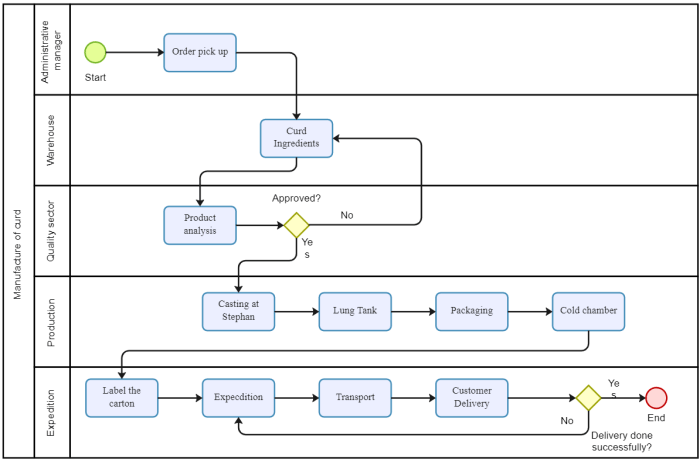Offshoring Definition: Understanding offshoring requires exploring its core concept – the relocation of business processes to a different country. This strategic move, often driven by cost reduction and access to specialized skills, significantly impacts global economies and business models. But it’s not a simple equation; offshoring involves navigating complex legal frameworks, cultural nuances, and communication challenges. This guide delves into the multifaceted nature of offshoring, examining its various types, benefits, and potential pitfalls.
From nearshore outsourcing to fully offshore operations, we’ll dissect the nuances of each approach, providing a clear understanding of the decision-making process involved in selecting the right model. We’ll analyze the economic and social implications of offshoring, exploring its impact on both sending and receiving countries. Finally, we’ll examine future trends and the evolving role of ethical considerations in this increasingly globalized business landscape.
Offshoring and its Impact: Offshoring Definition

Offshoring, the relocation of business processes to a different country, significantly impacts both the sending and receiving nations. This impact is multifaceted, encompassing economic shifts, social changes, and alterations to global supply chains. Understanding these consequences is crucial for policymakers, businesses, and individuals alike.
Economic Impacts of Offshoring, Offshoring Definition
Offshoring generates a complex interplay of economic effects. For sending countries, it can lead to job losses in certain sectors, potentially increasing unemployment and impacting local economies. However, it can also create new opportunities in areas such as design, research and development, and high-value-added services. Receiving countries, on the other hand, often experience economic growth through increased employment, foreign investment, and the development of new industries.
This influx of capital can stimulate economic activity and improve living standards. The net economic impact, however, varies greatly depending on factors such as the type of offshored work, the receiving country’s infrastructure, and the policies implemented by both sending and receiving governments. For example, the offshoring of manufacturing jobs from the US to China in the past few decades resulted in job losses in the US manufacturing sector but contributed significantly to China’s economic growth and industrialization.
Social Implications of Offshoring
The social implications of offshoring are equally significant. In sending countries, job displacement can lead to social unrest, increased inequality, and a decline in local communities reliant on the affected industries. This can manifest as increased social welfare costs and a need for retraining programs to equip displaced workers with new skills. Conversely, receiving countries might experience rapid urbanization, strains on infrastructure, and potential exploitation of workers if adequate labor protections are not in place.
The need for improved working conditions and fair wages in offshoring destinations is a critical concern. For instance, the rise of sweatshops in some developing countries highlights the potential negative social consequences of offshoring without proper regulation and oversight.
Examples of Successful Offshoring Initiatives
Successful offshoring initiatives are characterized by a strategic approach that considers both economic and social factors. One example is the growth of the Indian IT sector. By investing in education and infrastructure, India has successfully attracted significant foreign investment in IT services, creating millions of high-skilled jobs and boosting its economy. Similarly, the success of many multinational corporations in leveraging offshoring to reduce costs while maintaining quality demonstrates the potential benefits when implemented effectively.
These successful initiatives are often characterized by transparent ethical practices and fair labor standards.
Global Supply Chain Impact of Offshoring
Offshoring profoundly reshapes global supply chains. Consider a simplified example: the production of a smartphone. The design might originate in the United States, the components sourced from various countries (e.g., processors from Taiwan, screens from South Korea, batteries from China), assembled in another country (e.g., Vietnam), and finally marketed and sold globally. This intricate network illustrates how offshoring distributes different stages of production across multiple countries, creating a complex web of interconnectedness.
Each stage involves the movement of goods, services, information, and capital, generating a global flow of economic activity. Disruptions in one part of this chain, such as a natural disaster or geopolitical instability, can have cascading effects throughout the entire system. This interconnectedness necessitates effective risk management strategies and collaboration among various stakeholders in the global supply chain.
Offshoring, while presenting significant opportunities for cost savings and access to specialized talent, demands careful planning and execution. Understanding the various types of offshoring, potential challenges, and the evolving technological landscape is crucial for businesses seeking to leverage its benefits. By carefully weighing the advantages and disadvantages, mitigating risks, and prioritizing ethical considerations, companies can harness the power of offshoring to achieve sustainable growth and global competitiveness.
The key lies in strategic decision-making and a commitment to responsible business practices.

